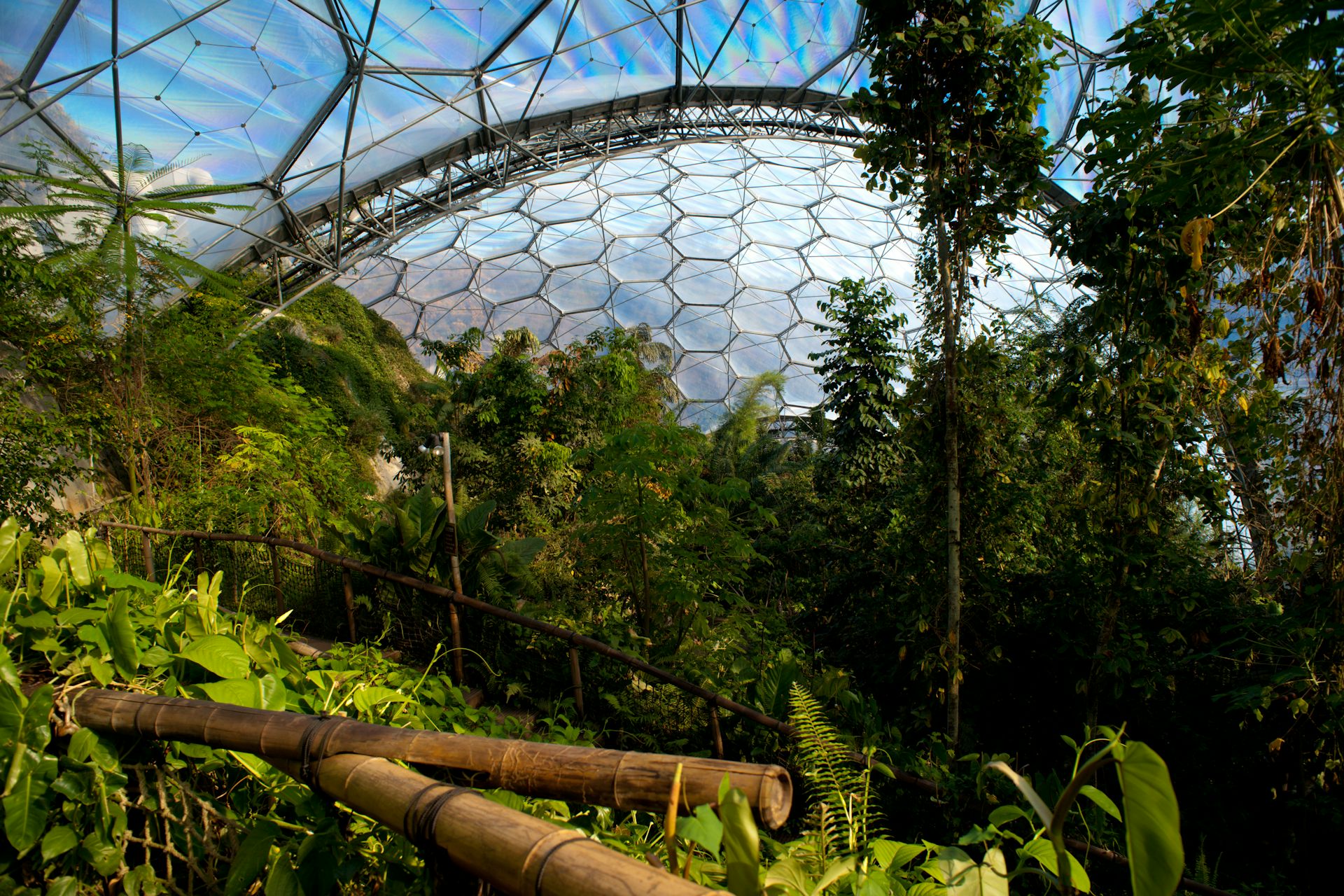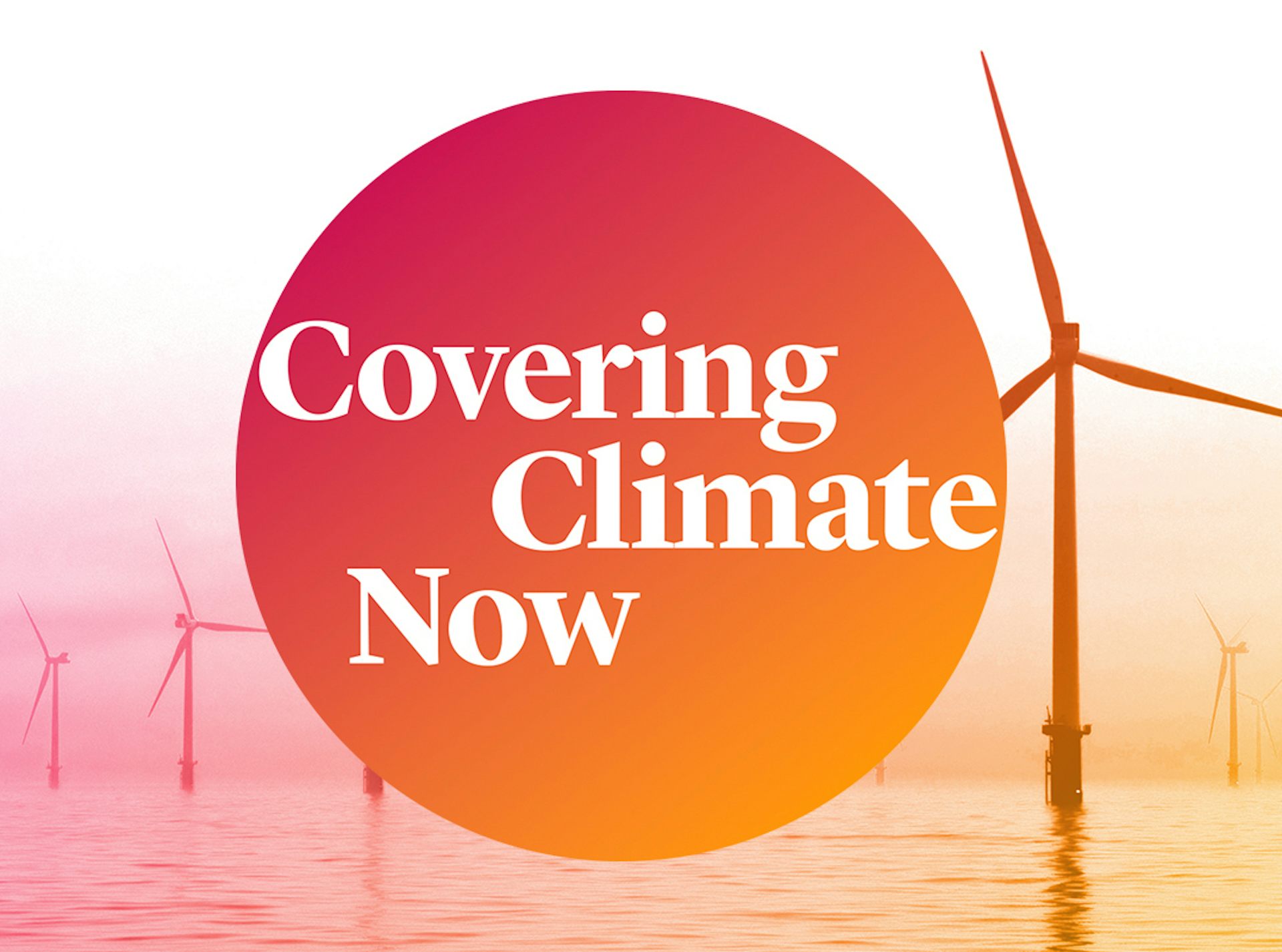(MENAFN- The Conversation) It's too late to protect them from it, so how do teachers tell children about climate change without scaring them? The good news is that young people are already engaged – the students taking part inclimate strikesshow that young people want action and are willing to skip school to show how serious they are. But while in class, children shouldn't feel their time is wasted. Primary school teachers have an ethical responsibility to bring climate change into their classrooms and they're well placed for the task.
Imagining a climate change curriculum is no mean feat. How to cover the range, scale and scope of the climate emergency? From theglobal effects on Earth's biodiversityto the human sources ofgreenhouse gas emissions– climate change will dominate the future of today's children and reshape every aspect of their lives.
Then there's the biggest question of all – what are we going to do about it? This seems toanimate children morethan the adults in power, and the free imaginations we usually attribute to children are needed to remake the world in light of the climate crisis. A key task of educators in the 21st century is to make such abstract concepts tangible.
Springboard stories
Storytelling offers a way through for the educator and every primary school teacher I've ever met seems to have a gift for it. I saw how powerful storytelling could be when I worked at theEden Projectin Cornwall – the world's largest indoor rainforest. Here, visitors learn about the natural world while immersed in it.
One teacher told a story about ancient Polynesians who travelled the Pacific taking plants they grew with them to use for medicine, food and clothing. He explained to the school group that this led to the dispersal of plants – like coconut-carrying palms and bananas trees – all across islands in the Pacific. 'Your island is sinking,' he told the children. 'You're setting off to find new lands and changing your life. What plants would you take with you?'

Tropical vegetation inside the Eden Project dome.
Francesco Carucci/Shutterstock
With that thought, the children wandered off amid Eden's rice plants, the banana and rubber trees that make tires and theperiwinkles that cure childhood leukaemia .
Their lives might feel a million miles from those ancient travellers, but the dynamics are the same – we all rely on the natural world. It's not just something pretty to look at, it's vital for our survival. Stories can act as springboards that catapult young people into new ways of seeing, thinking and being in a constantly changing world.
Read more:
Environmental storytelling can help spread big ideas for saving the planet
Reading time
Every primary school should amass a climate change book shelf. This could inspire an enduring love of nature and begin to build familiarity with ecological terms and concepts. A good example is Rob McFarlane'sLost Words– something of a rescue mission for nature words that have been erased from the Oxford Junior Dictionary. The book introduces children to otters, conkers and kingfishers through poetry and beautiful paintings.
Books that deal more directly with environmental destruction and climate change are also needed. Lara Hawthorne'sAlba, the hundred-year-old fish , tells the story of a beautiful coral reef that becomes a littered graveyard. Alba the fish gets stuck in a plastic bottle and is only saved by a little girl who recruits her community to clean up the ocean and release Alba.
Telling these tales could lead into discussions about helpful activities for outside the classroom. With a well-planned reading list, language can be a surprisingly effective bridge to the great outdoors, and a powerful motivator for taking care of it.
From students to stewards
Schools by the sea might read 'Alba' before taking part in a beach clean. Teachers could help pupils record data in citizen science projects, likespotting seagrassalong sheltered coastlines to help scientists understand where these underwater meadows are and protect them. Urban schools might find patches of ancient woodland, parks and gardens toundertake surveys . Here they might identify lichen and moss on trees tomeasure air pollution– where there's more growing on tree bark, the air quality tends to be better. They might also dip test paper in ponds to understand local water pollution or plant trees and sow new wildflower meadows.

Lichen are natural air pollution monitors that children can measure to keep track of their local environment.
Dark Moon Pictures/Shutterstock
There are also opportunities to explore nature within school grounds.The Natural History Museum's Microverse projecthelps children identify the species that live on walls and in the little nooks and crannies of a playground, and the ecological roles they play.
Children may learn the effects of climate change in great detail throughout their time in school, but for the sake of hope, we need to take them through ways of mitigating those effects.
An ambitious climate change curriculum in primary schools could empower young people to understand the natural world and to see themselves as part of it, before giving them the chance to engage with and help it. It's important, however, that the climate strike generation aren't allowed to feel their efforts are hopeless – school should nurture their passions and help them shape the future they stand to inherit.

This article is part ofThe Covering Climate Nowseries
This is a concerted effort among news organisations to put the climate crisis at the forefront of our coverage. This article is published under a Creative Commons license and can be reproduced for free – just hit the 'Republish this article' button on the page to copy the full HTML coding. The Conversation also runs Imagine, a newsletter in which academics explore how the world can rise to the challenge of climate change.Sign up here .
Children
Climate change
Primary school
Classroom
environmental education
Covering Climate Now
MENAFN1609201901990000ID1099011235
Legal Disclaimer:
MENAFN provides the information “as is” without warranty of any kind. We do not accept any responsibility or liability for the accuracy, content, images, videos, licenses, completeness, legality, or reliability of the information contained in this article. If you have any complaints or copyright issues related to this article, kindly contact the provider above.